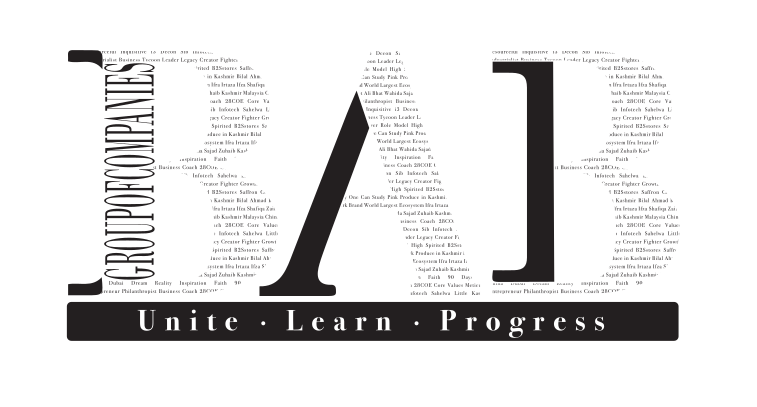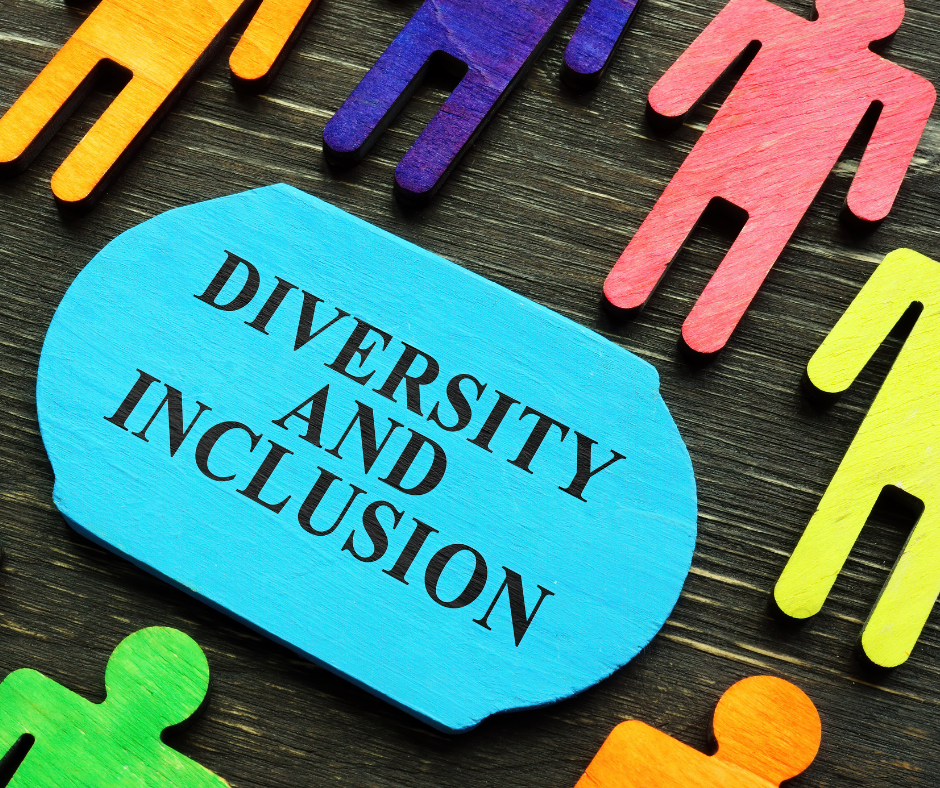In today’s globalized world, businesses are increasingly recognizing the importance of diversity and inclusion (D&I) in building a successful and resilient workforce. A multicultural workforce brings together a wide range of perspectives, ideas, and experiences, fostering innovation and driving business growth. However, achieving true diversity and inclusion requires more than just hiring employees from different backgrounds—it involves creating an environment where all employees feel valued, respected, and empowered to contribute their best.
Key Strategies for Building a Multicultural Workforce:
- Develop a Clear D&I Vision and Policy
- Actionable Step: Start by crafting a clear vision for diversity and inclusion that aligns with your company’s values and business goals. This vision should be communicated across all levels of the organization, with specific policies and practices to support it. Establish measurable D&I objectives and regularly assess progress toward these goals.
- Create Inclusive Recruitment Practices
- Actionable Step: Review and revise your recruitment process to eliminate biases and ensure a diverse pool of candidates. Use blind recruitment techniques, expand your talent search to include underrepresented groups, and partner with organizations that promote diversity in the workplace.
- Promote Cultural Competency and Awareness
- Actionable Step: Offer training programs that enhance employees’ cultural competency and awareness. These programs should focus on recognizing and addressing unconscious biases, understanding cultural differences, and developing effective communication skills across diverse teams.
- Foster an Inclusive Workplace Culture
- Actionable Step: Encourage an inclusive culture where every employee feels welcome and valued. Create employee resource groups (ERGs) that represent different cultural, racial, and gender identities, and provide a platform for these groups to voice their concerns and contribute to company policies.
- Implement Fair and Equitable Advancement Opportunities
- Actionable Step: Ensure that all employees have access to fair and equitable opportunities for career advancement. This includes transparent promotion criteria, mentorship programs, and leadership development initiatives that support employees from diverse backgrounds.
Conclusion: Building a multicultural workforce is an ongoing process that requires commitment and intentionality. By implementing these strategies, businesses can create a more inclusive environment that not only attracts top talent but also fosters innovation and drives success. Dr. Bilal Ahmad Bhat, Founder & CEO of the BAB Group Of Companies, emphasizes that diversity and inclusion are not just moral imperatives—they are business imperatives that contribute to long-term sustainability and growth.

